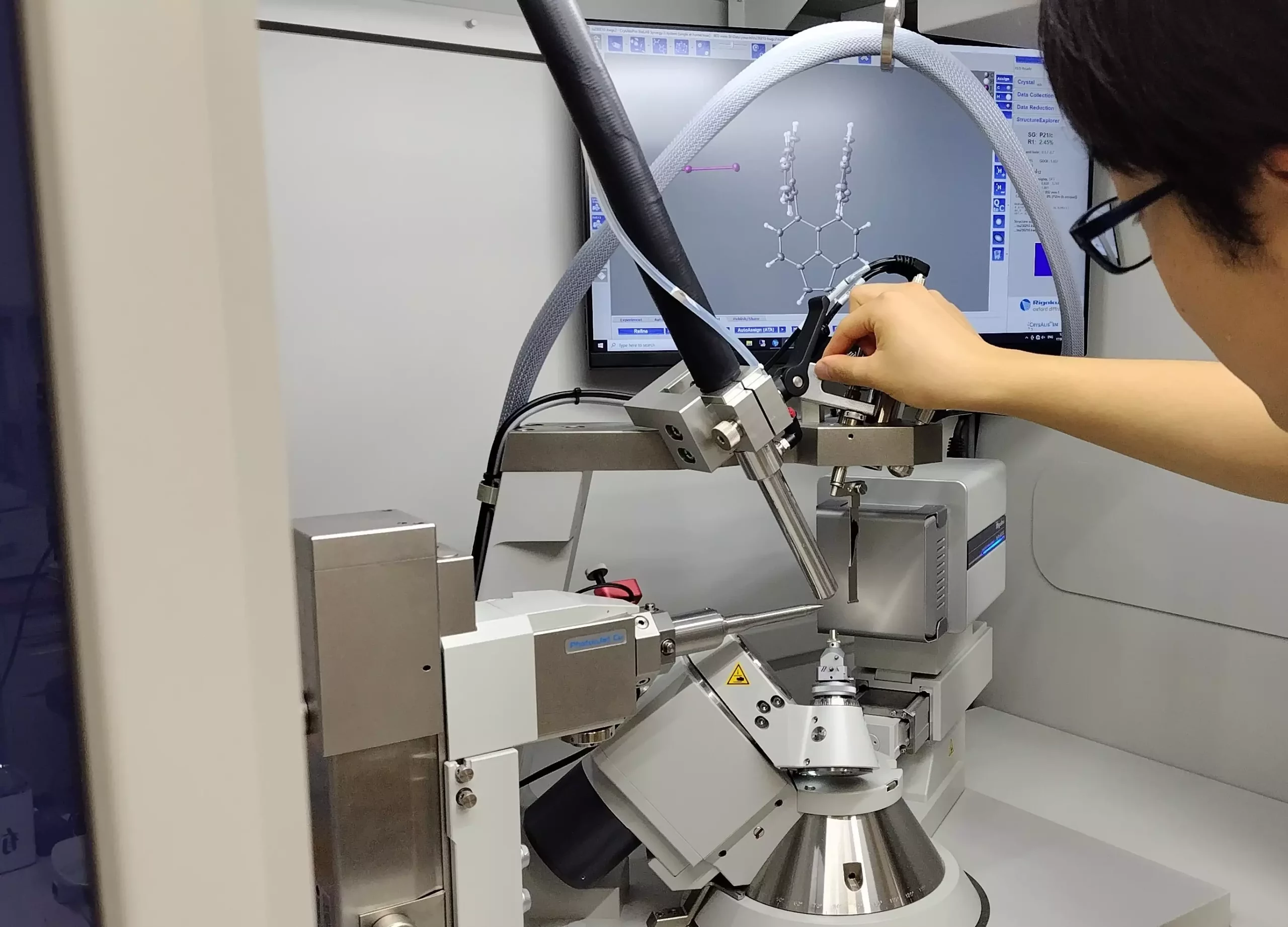Covalent bonds are fundamental to the structure and function of organic chemistry, enabling the formation of a vast array of molecular configurations. These bonds involve the sharing of electron pairs between atoms, providing the connectivity necessary for complex biological and chemical systems. Although the theoretical basis for these bonds was laid down early in the field of chemistry, discussions regarding more unconventional bonding scenarios have surfaced over the years. Notably, in 1931, Linus Pauling proposed the idea of covalent bonds comprising single electrons, a concept that until recently remained largely theoretical due to the inherent fragility of such bonds.
The Quest for Single-Electron Bonds
The scientific community has long sought to observe the practical existence of single-electron bonds, particularly between carbon atoms—one of the most prevalent elements in organic chemistry. Despite advancements in analytical techniques, researchers faced significant challenges in isolating and stabilizing these unique bonds. In theory, single-electron bonds are expected to be considerably weaker than their conventional counterparts owing to the absence of the stabilizing influence of paired electrons. This weakness has made experimentation with carbon’s bonding characteristics a complex undertaking, often leading to inconclusive results and frustrating setbacks.
Recent strides in this area have emerged from a groundbreaking study conducted by a research team at Hokkaido University. The researchers succeeded in isolating a compound where single electrons are utilized in forming sigma bonds, a specific type of covalent bond. Their innovation involved manipulating a derivative of hexaphenylethane through oxidation in the presence of iodine, which yielded dark violet crystals of an iodine salt. The positioning of carbon atoms in the crystalline structure, confirmed through X-ray diffraction, indicated that they were unusually close together, thus implying the presence of single-electron covalent bonds.
These findings, recently published in the renowned journal Nature, bear substantial implications for the theoretical framework surrounding chemical bonding. Professor Yusuke Ishigaki, a key contributor to the research effort, emphasized that understanding the mechanics of single-electron sigma bonds between carbon atoms could greatly enhance our comprehension of existing chemical theories and improve our insight into various chemical reactions that utilize such bonds. The experiment’s success in producing verifiable evidence of this elusive bonding phenomenon represents a critical milestone in the field.
As a demonstration of its scientific importance, the work led by Takuya Shimajiri is poised to act as a catalyst for further explorations into the realm of single-electron bonding. Its implications extend beyond mere academic inquiry and open doors to new methodologies in chemical syntheses, potentially leading to novel reactions and materials. This research contributes not only to our understanding of atomic interactions but also heralds exciting possibilities for applications across various scientific disciplines, including materials science, pharmacology, and nanotechnology. The path ahead is now illuminated, inviting researchers to delve deeper into this previously obscure aspect of chemical bonds, fostering innovation and discovery.


Leave a Reply